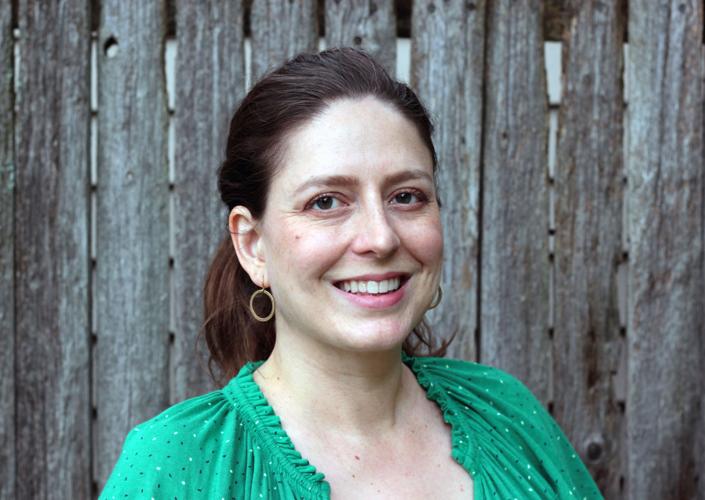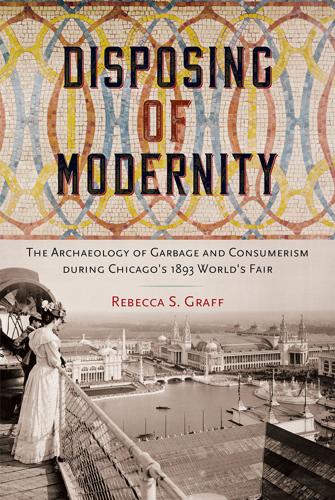When Rebecca Graff, a Ph.D. student at the University of Chicago in need of a dissertation, was told by a professor that the view before them, from the school’s Ida Noyes Hall, was “a hundred years ago the center of the world,” she saw more than the bucolic splendor of Jackson Park hugging the Lake Michigan shoreline.
Instead, her sights went to what lay beneath — evidence of the 1893 World’s Columbian Exposition, an unexcavated but huge part of Chicago’s history. Held in celebration of the 400th anniversary of Christopher Columbus' arrival in the New World, the exposition attracted 27 million people, who paid $21.5 million for admission in a six-month period.
Designed by noted landscape architect Frederick Olmsted, the 630-acre park had more than 65,000 exhibits from 46 countries, and introduced to the public such new inventions as a 250-foot Ferris Wheel, Aunt Jemima’s Pancake syrup and Wrigley’s Juicy Fruit Gum. Electricity, still rare back then, was used to light up the expo at night.
Graff managed to turn that casual remark into her dissertation, “The Vanishing City: Time, Tourism, and the Archaeology of Event at Chicago’s 1893 World’s Columbian Exposition,” and then into a book, “Disposing of Modernity: The Archaeology of Garbage and Consumerism during Chicago's 1893 World's Fair” (University Press of Florida, co-published with The Society for Historical Archaeology). Both were about the archaeological dig she undertook of a site in Jackson Park near the Museum of Science and Industry that seemed most promising for archaeological fair finds.
Surprisingly, what seemed an almost guaranteed bureaucratic nightmare, in terms of permits and permissions, all fell into place, but then Graff was told she couldn’t start without a million dollars in liability insurance — not likely for a graduate student.
“I needed to turn the excavation into a job,” she said. And so she did, teaching a field class at the University of Chicago, for which she and her students excavated the site.
Expecting to find those things that archaeologists love — pottery shards, a coin here and a twisted spoon there — Graff and her team were stunned to unearth a section of the Ohio Building, a stately Beaux Arts-style edifice with an elaborate portico entranceway that served as a meeting place for Ohioans. It was among the best of all the findings they uncovered, which also included simple items like a collar stud, religious medal, cruet tops indicating that food was made on site, and lots of pipes. Though to hear Graff describe them, they’re all treasures and keys to the past.
As for the building, contemporary sources said it no longer existed.
“Even the New York Times wrote it had been thrown into the lake,” said Graff, who instead found segments in a ditch where it might have been used as landfill.
Coincidentally, Graff later discovered she wasn’t the only family member to dig at the site; so had her great grandfather, Morris Graff, a Russia immigrant who dug ditches at the fair.
Graff would like to return to Jackson Park for further exploration, but was denied a permit the second time around. She said it’s surprising that Chicago doesn’t have a city archaeologist, as other big cities do.
But she’s certainly doing her fair share of uncovering urban remains. She is currently excavating the Charnley-Persky House Museum, a National Historic Landmark located on Astor Street in the Gold Coast. It was designed by Chicago architect Louis Sullivan and his young draftsman, Frank Lloyd Wright.








